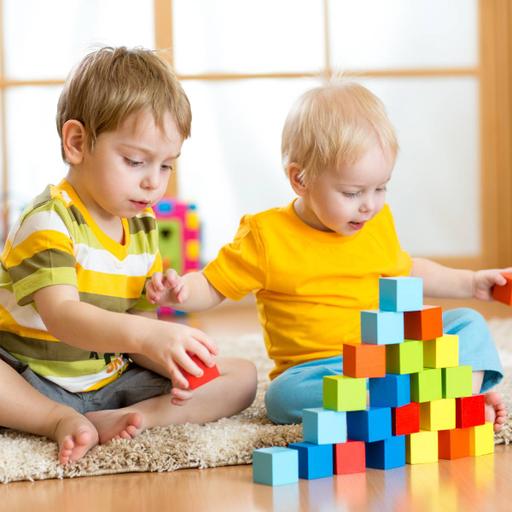Child Development
Presentations | English
According to Robert Heinlein “A child’s life is like a peace of paper on which every person leaves a mark”. The biological, psychological, and emotional changes that occur in humans between birth and the end of puberty are referred to as child development. Early childhood, middle childhood, and adolescent are the three periods of life that make up childhood. [1] Early childhood is defined as the period between birth and the age of six. Many of life's milestones, such as first words, learning to crawl, and learning to walk, occur during this time period, therefore development is important. Middle childhood, or the ages 6–13, is said to be the most significant years of a child's life, spanning the beginnings of formal schooling through the onset of puberty. Middle childhood, or ages 6–13, is seen to be the most significant years of a child's life, spanning the beginnings of formal schooling to the onset of puberty, and it is also the time when many children begin to develop a sense of self. Adolescence is the period of life that spans from the onset of puberty to the attainment of legal adulthood. The individual person advances from dependency to increased autonomy as he or she develops. It is a continuous process with a predictable sequence, but each child's path is different. It does not progress at the same rate, and each step is influenced by the level before it.

14.25
Lumens
PPTX (57 Slides)
Child Development
Presentations | English
